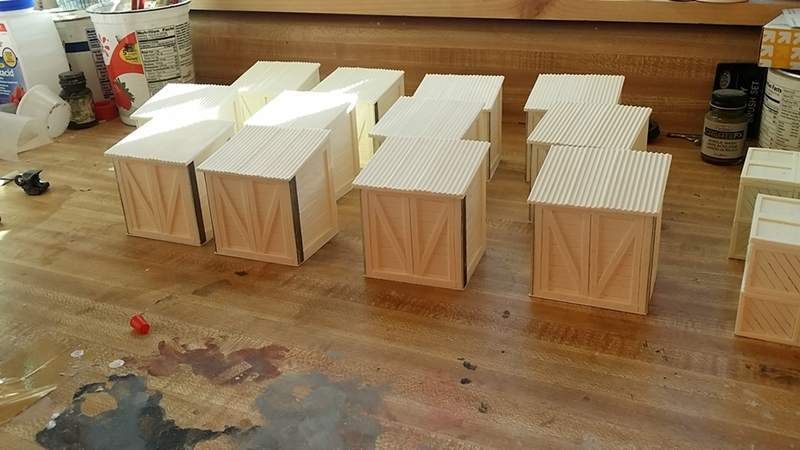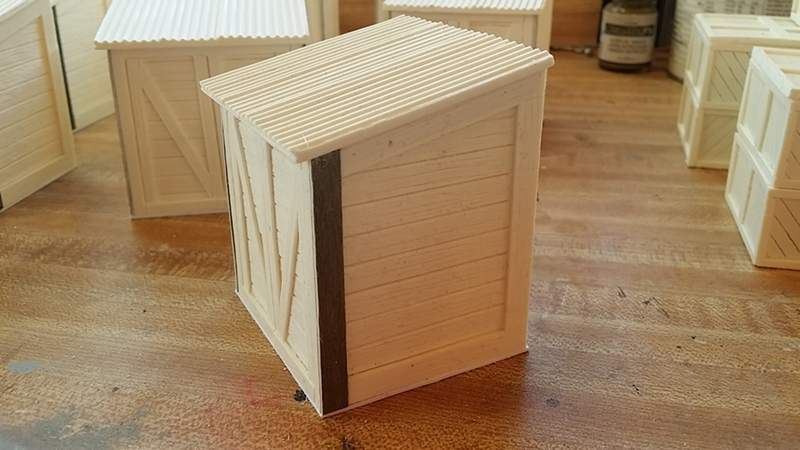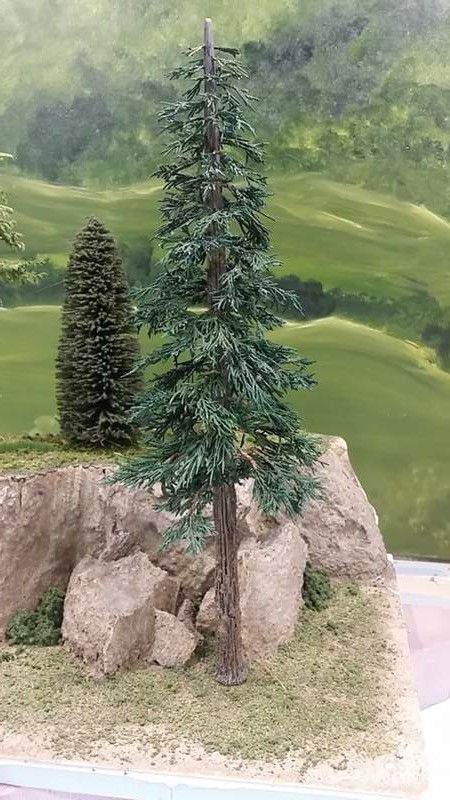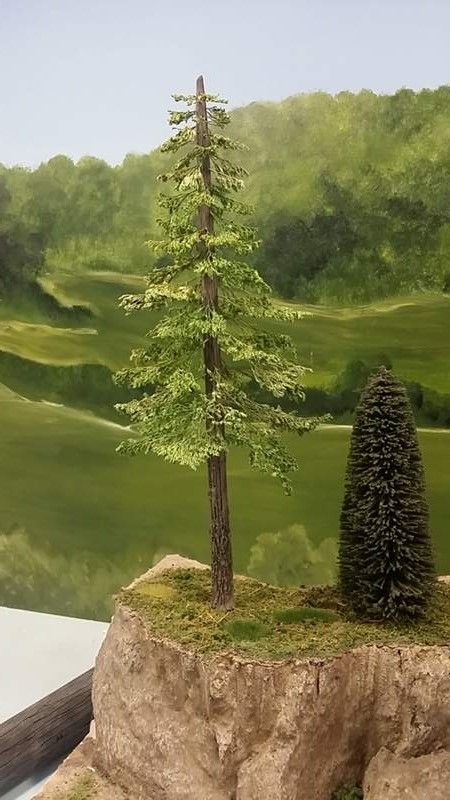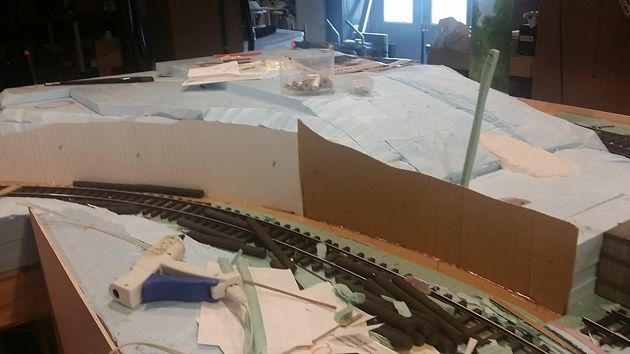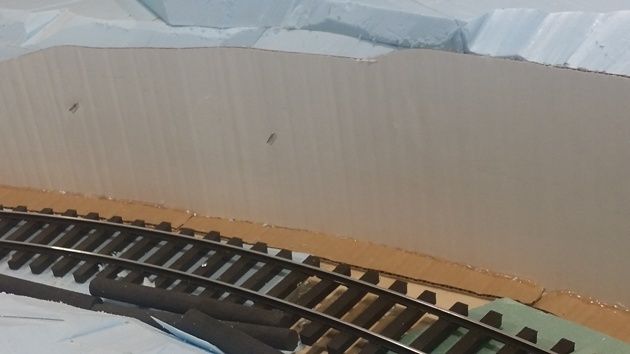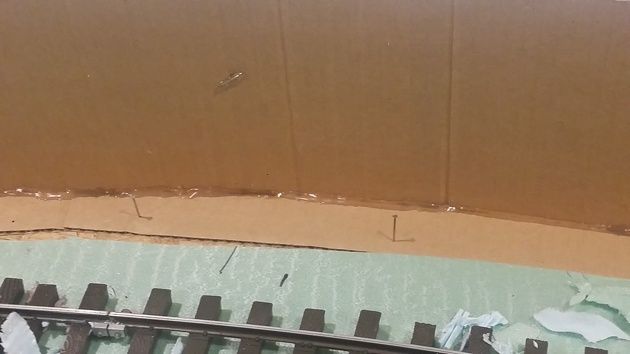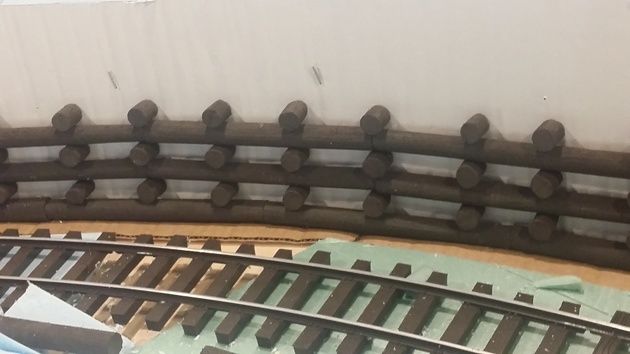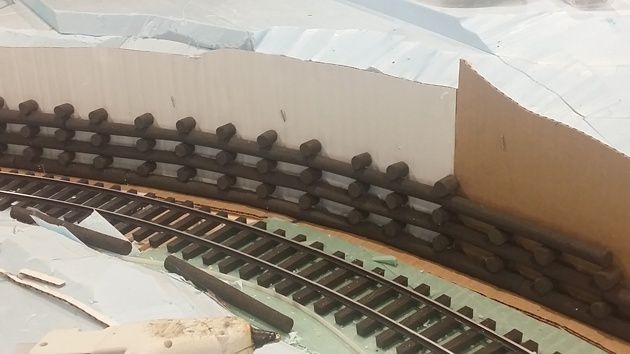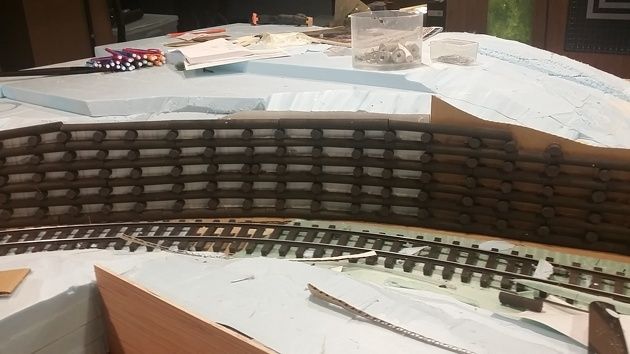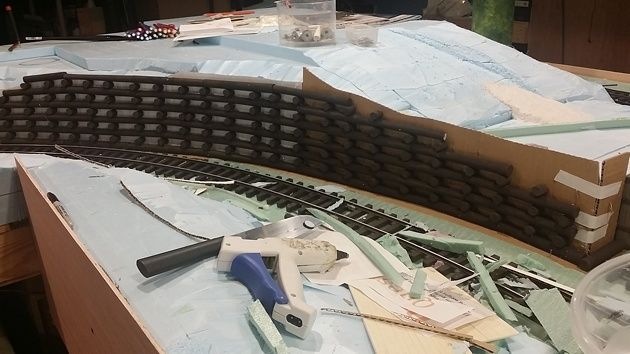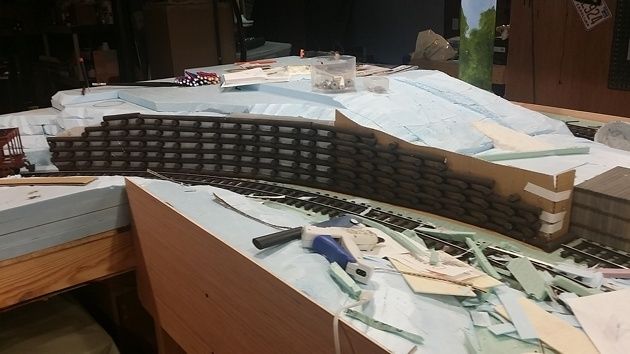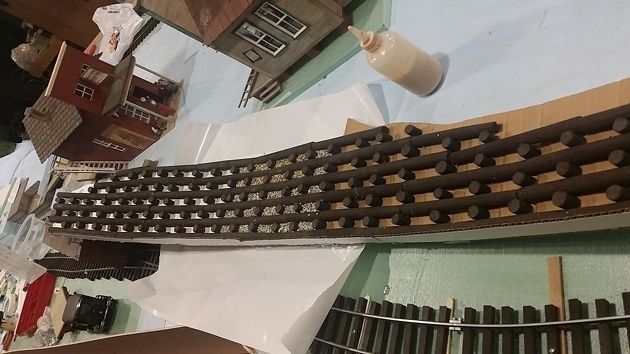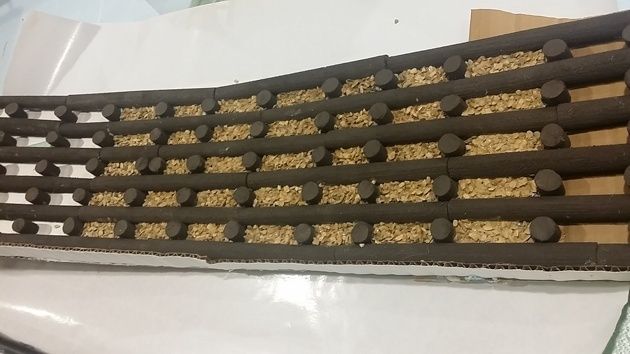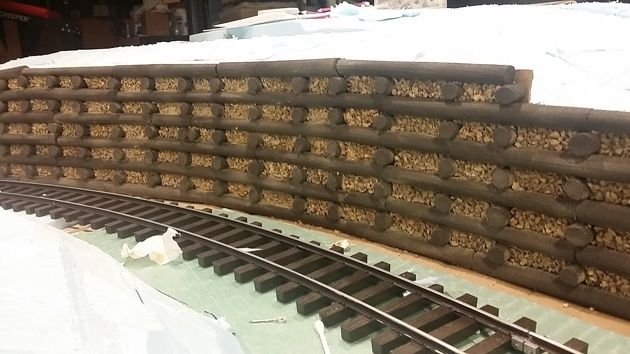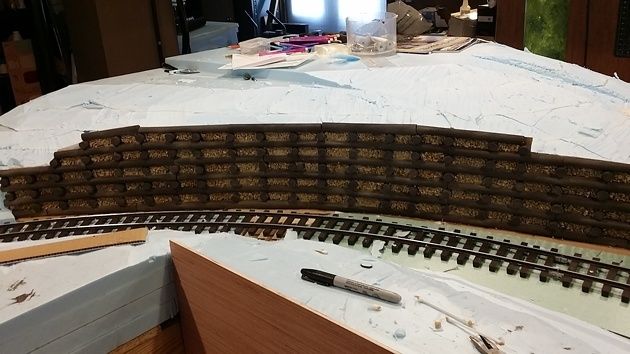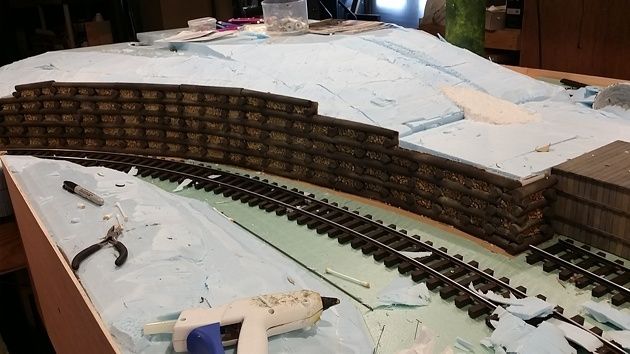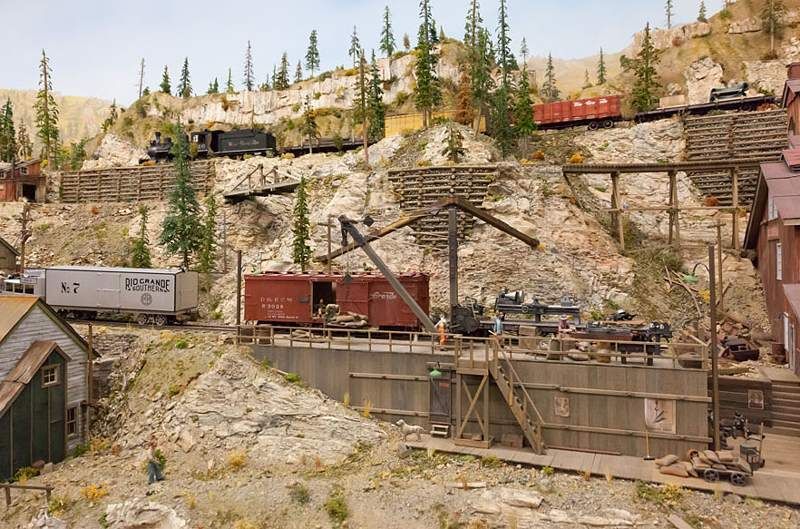Hey Devon I know your just playing around. Let Me tell you how busy I am. Have ya’ll visited my website? Tysplanes.com
I make parts for several people. I am currently working on parts for " Just Plain Folks" ., Maker of many G scale figures Just finished them up today.
I am Also trying to Prepare for the Local RMU Railroad Modeling University which is next week. I am teaching 3 classes , Trees , Static Grass /Soft Rocks, And then added a class on painting a backdrop because someone dropped out and cant teach the class.
After that I have a large order for cockpit kits to get out. About 20 kits to get together .
Then I have to finish up a cockpit for a new 126" b-17 that is coming out soon…
I hope to have a little time to work on the layout soon…
Here are a couple pic’s of the things I am working on.
Trees are O/Ho scale

